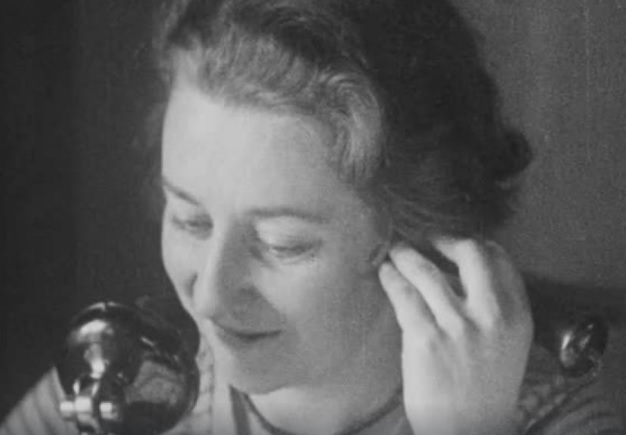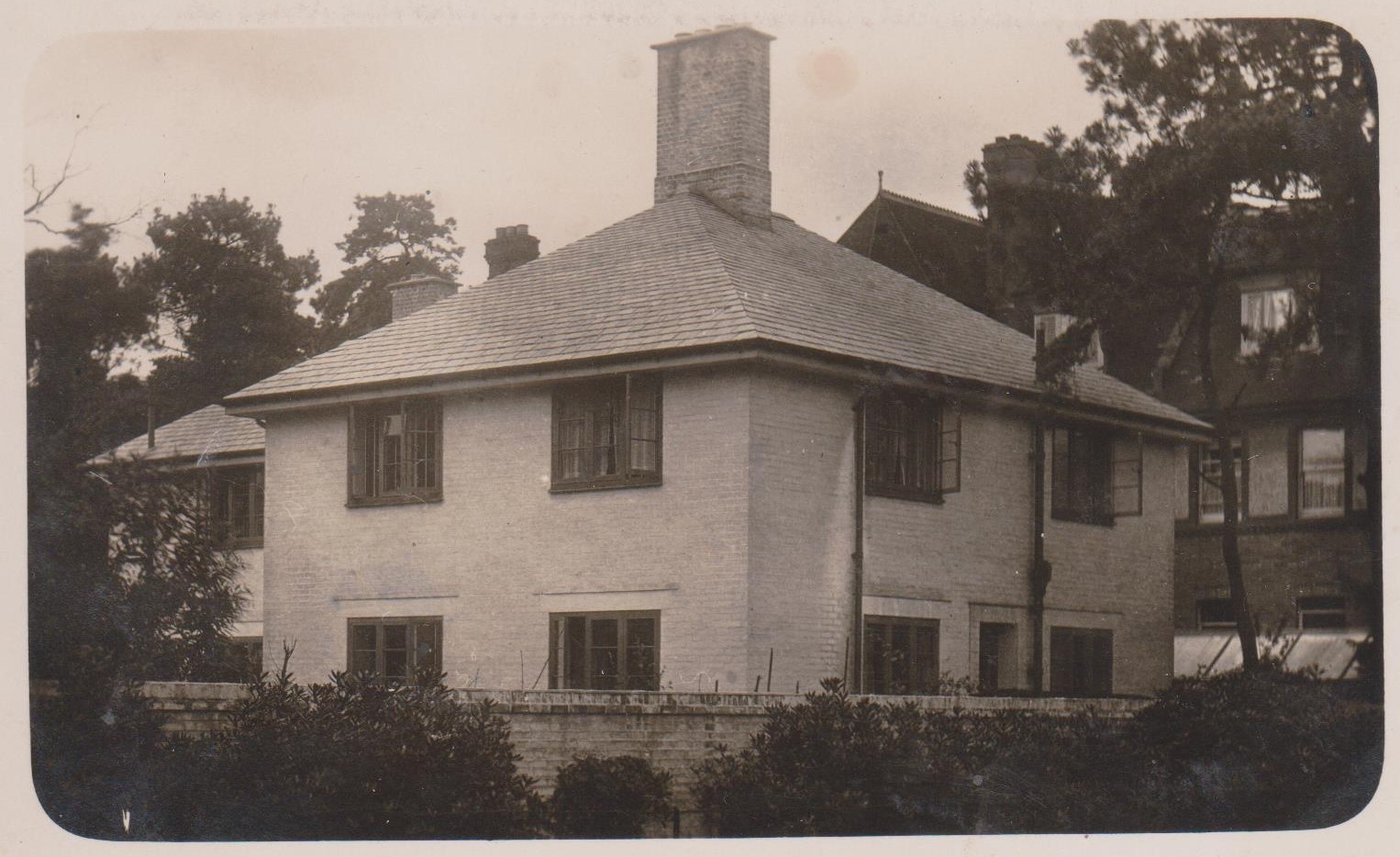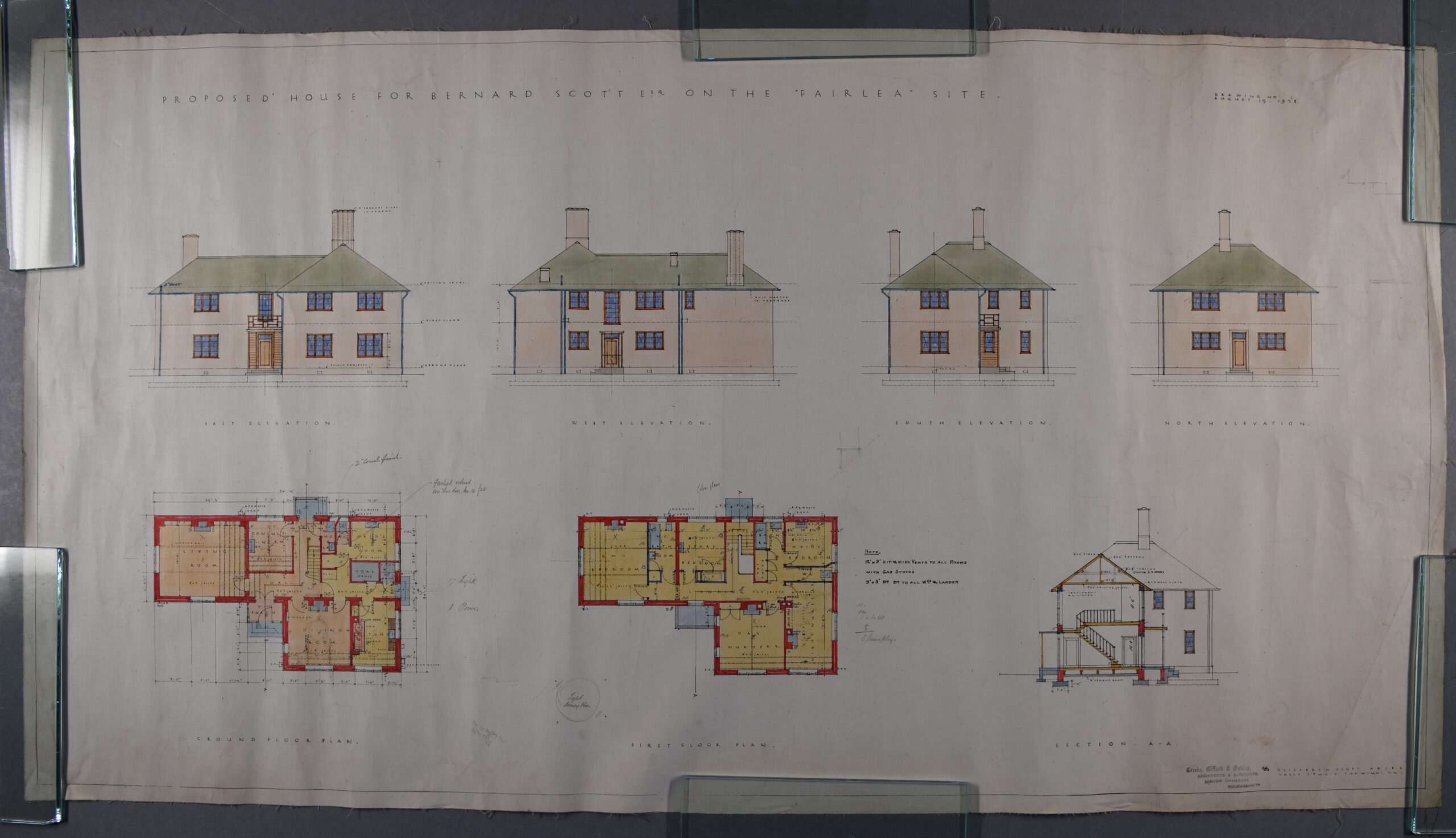This week we have celebrated International Women’s Day, and March is Women’s History Month, so is the perfect occasion to celebrate a local trailblazer who broke into the male dominated world of architecture.

Elisabeth Whitworth Scott was born in Bournemouth in 1898. She soon realised that the girls in her large family were not receiving the same quality of education as their brothers. Determined to change this where she was concerned her parents were persuaded to take her ambitions seriously and as a result, she was sent to Redmoor School in Canford Cliffs, Poole as a boarder.
Here, her headmistress, Miss Edith Rudd, ensured she received the best of teaching. This enabled her to pass the Higher Certificate exams which were the passport to the professional world. Soon after the First World War, Elisabeth moved to London. She enrolled on the 5-year Diploma Course at the Architectural Association – a male only establishment until 1917. After qualifying she gained experience with several different architectural practices. Early in 1928 she received the exciting news that her modernist design had won an International Competition to build a new Shakespeare Memorial Theatre at Stratford-on-Avon. Still not entitled to vote, because of her age, she was the only female out of the 72 entrants. In order to carry out the work, she formed her own partnership, Scott, Chesterton and Shepherd.
The theatre was formally opened on 23rd April 1932 by the Prince of Wales. Elisabeth became a public figure and was invited to speak to various societies and organisations across the country.

Always interested in women’s progress and equal opportunities she had joined an organisation that later became known as the Fawcett Society. Here she mixed with some of the leading feminists of the day, who were supporting each other as they moved into new areas of employment and increased women’s influence in society.
Her practice was successful and included the design of The Fawcett Building, an extension at Newnham College, Cambridge, built to facilitate the increase in females attending university.
The Second World War had a serious impact on architecture forcing Elisabeth to give up her partnership. She returned to Dorset and made her home in Poole where she lived with her husband, George Richards, for the rest of her life.

Despite dropping out of public view Elisabeth continued to work in a freelance capacity and was also employed as an assistant architect by Bournemouth Borough Council where she worked until retirement. Her commitment to supporting women and giving them a voice never wavered and she joined Soroptimist International of Bournemouth in 1954, and helped with various projects to further their cause.
Members of that Club today are proud of her achievements and hope that she will stand as a role model for the girls they encourage to study S.T.E.A.M* subjects and consider more diverse occupations. This successful project gained members the Queens Award for Voluntary Service in 2018, as they celebrated their 80th Anniversary.
Bournemouth Pier Theatre was built to Elisabeth’s design and this iconic landmark is an as yet unacknowledged monument to the town’s forgotten daughter.
—
We can see more of Elisabeth in two short films, available from the BFI. The first film was probably taken in Maurice Chesterton’s Studio in Hampstead.
It shows Elisabeth Scott at her desk. She makes or receives a phone call and we see her being shown some papers which are probably congratulatory telegrams concerning her win of the competition for the rebuilding of the Shakespeare Memorial Theatre.
You can view the short film here: https://player.bfi.org.uk/free/film/watch-british-and-best-1928-online
The second film has glimpses of Elisabeth from the Masonic Ceremony when the foundation stone was laid for the rebuilding of the SMT. She can be seen in a procession, and then later we catch a glimpse of her animatedly talking with others.
You can view this film here: https://player.bfi.org.uk/free/film/watch-shakespeare-memorial-theatre-foundation-stone-laying-at-stratford-upon-avon-on-july
—
This was a guest blog written for Dorset History Centre by Sylvia Fox, Soroptimist International of Bournemouth.
* Science, Technology, Engineering, Arts and Maths.

